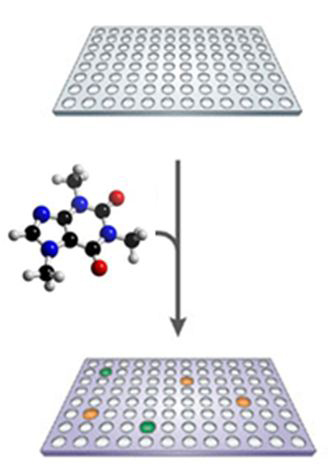A library covers various newly identified families secretory pro-hormones derived peptides that includes Chromogranin A (Vasostatin, Pancreastatin, Catestatin, Serpinin),Chromogranin B,VGF, Pro-SAAS, Secretogranin I, Secretogranin II , Secretogranin III, insulin-like growth factors (INSL 3, INSL 4, INSL 5, INSL 6, INSL 7 or relaxins), Prepro-ANP, Prepro-BNP, Prepro-CNP, proopiomelanocortin (POMC) derived peptides and Fractalkine.
More than 20 families of identified or suspected bioactive peptides enable a "reverse pharmacology approach" for large scale screening of bioactive peptides/proteins with more than over 1000 peptides/proteins which are HPLC-purified and fluorescein free.
Cysteine Cathepsins in the secretory vesicle produce active peptides: Cathepsin L generates peptide neurotransmitters and cathepsin B produces beta-amyloid of Alzheimer's disease.
Figure From: Hook V et al., Biochim Biophys Acta. 2012 Jan;1824(1):89-104. doi: 10.1016
Regulated secretory pathway of a model neuroendocrine cell. Propeptides and prohormones are packaged into dense core granules (DCGs), where they frequently undergo tissue-specific processing as the DCG matures. Proteins of the granin family are DCG components, and although their function is not fully understood, data suggest they are involved in DCG formation and regulated protein/peptide secretion, in addition to their role as precursors of bioactive peptides.
Figure From: Wei-Jye Lin and Stephen R. Salton Front. Endocrinol., 06 August 2013

Social Network Confirmation